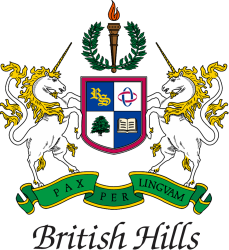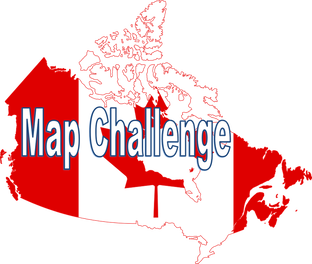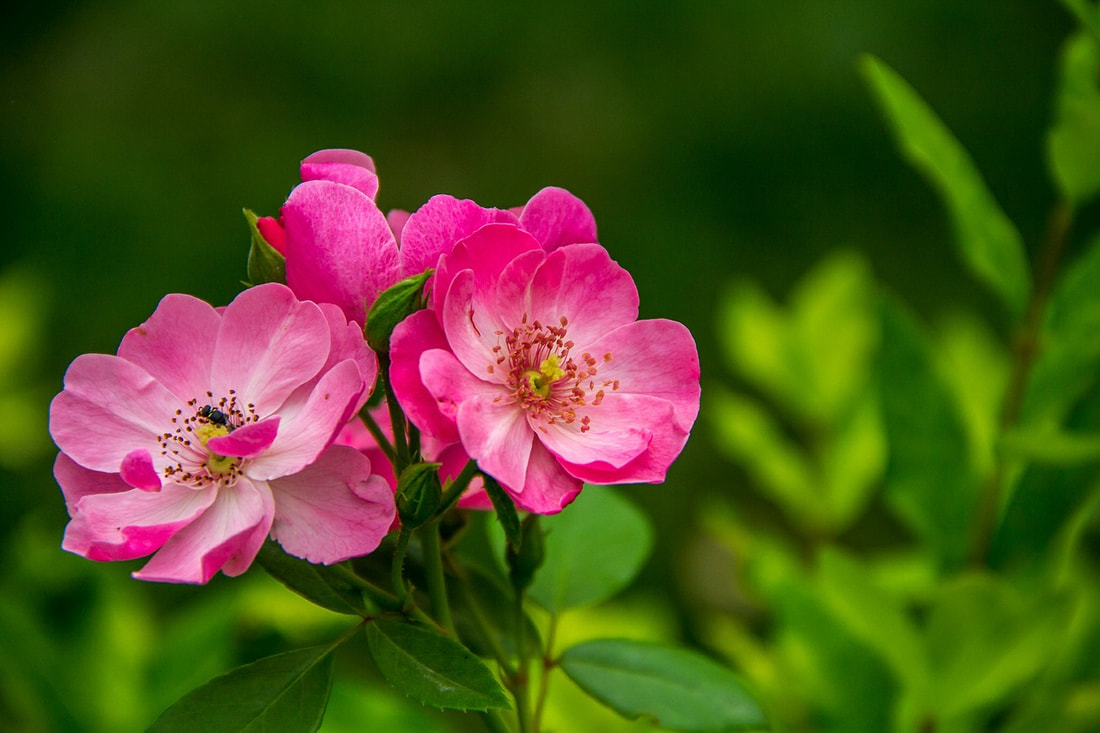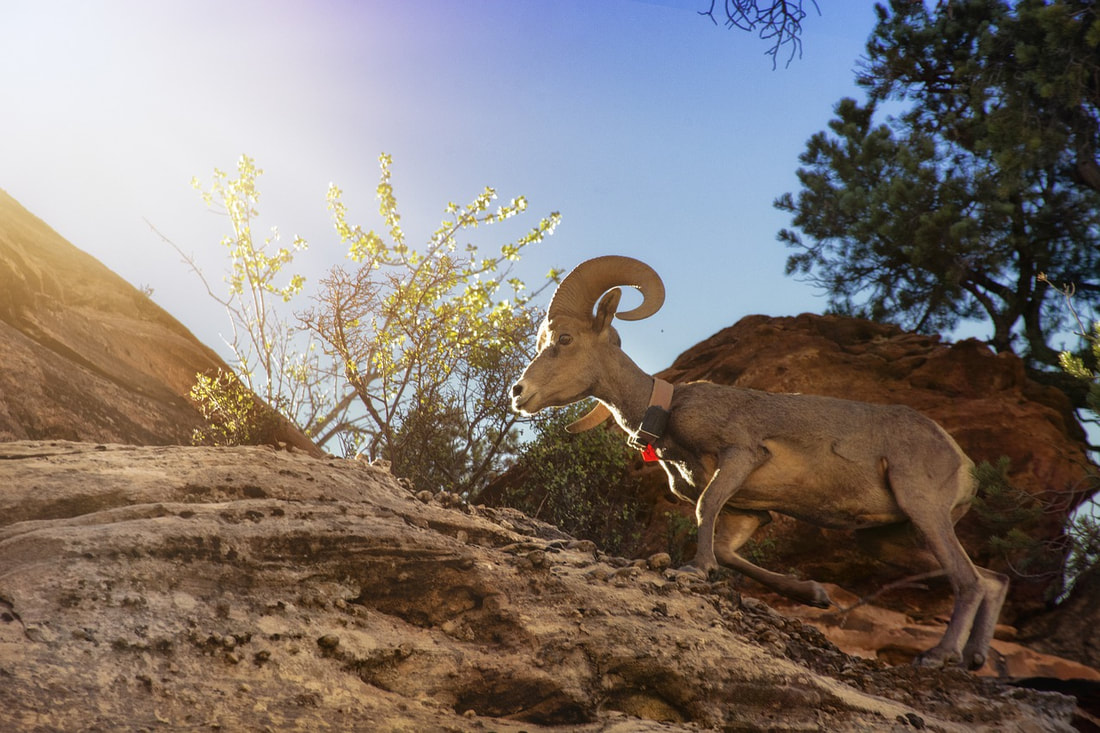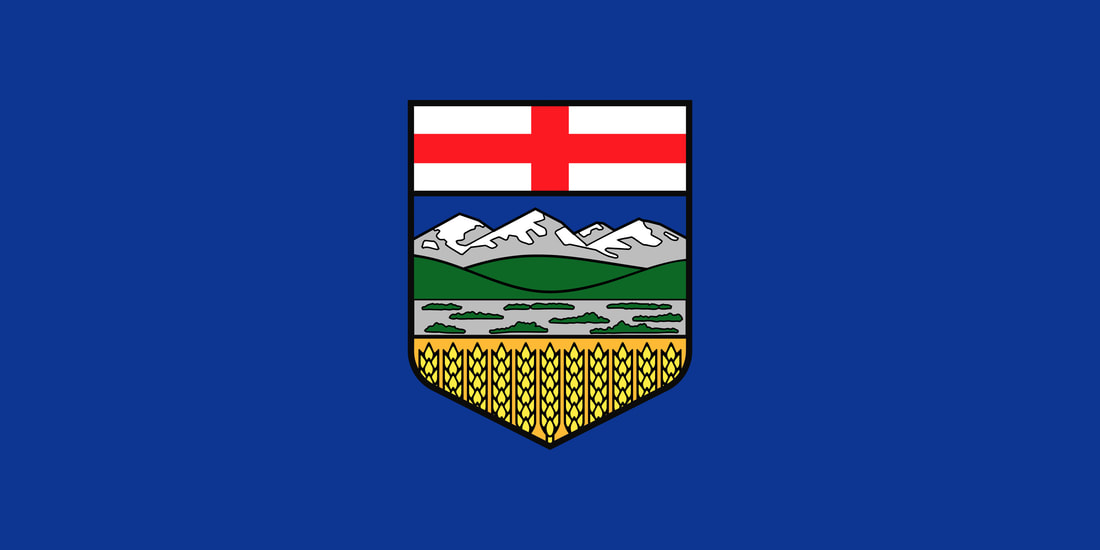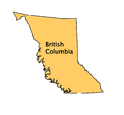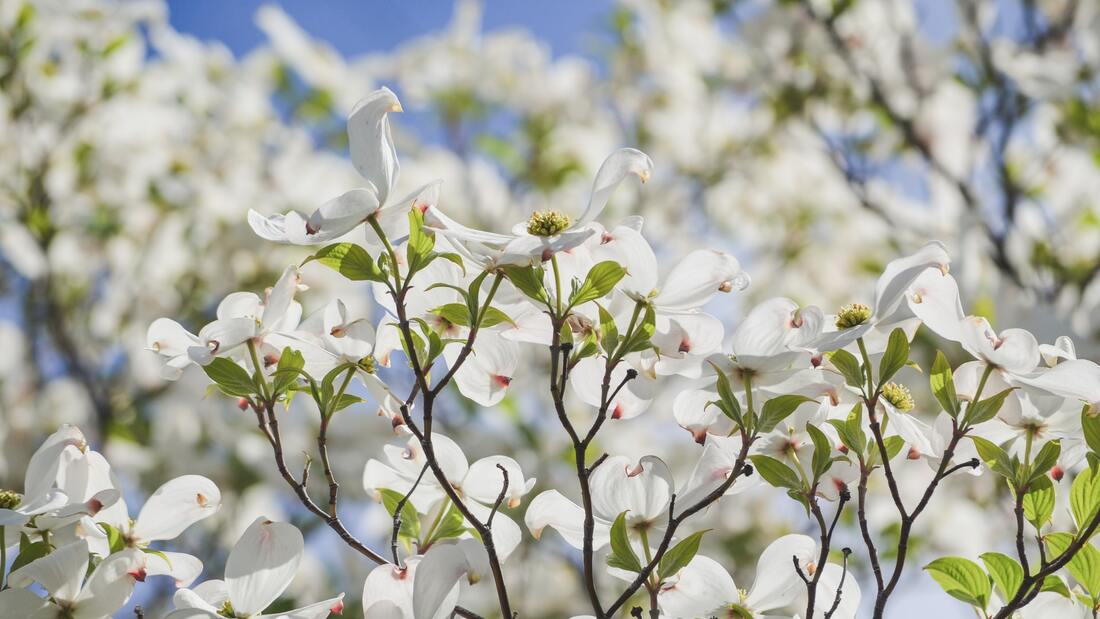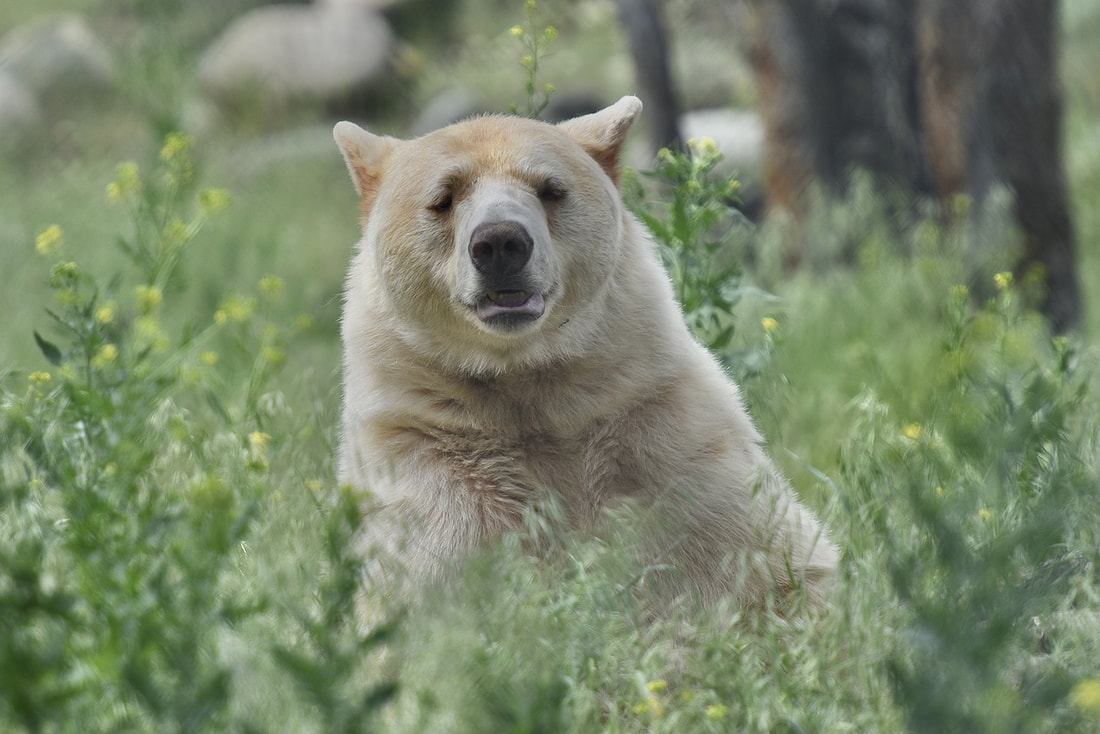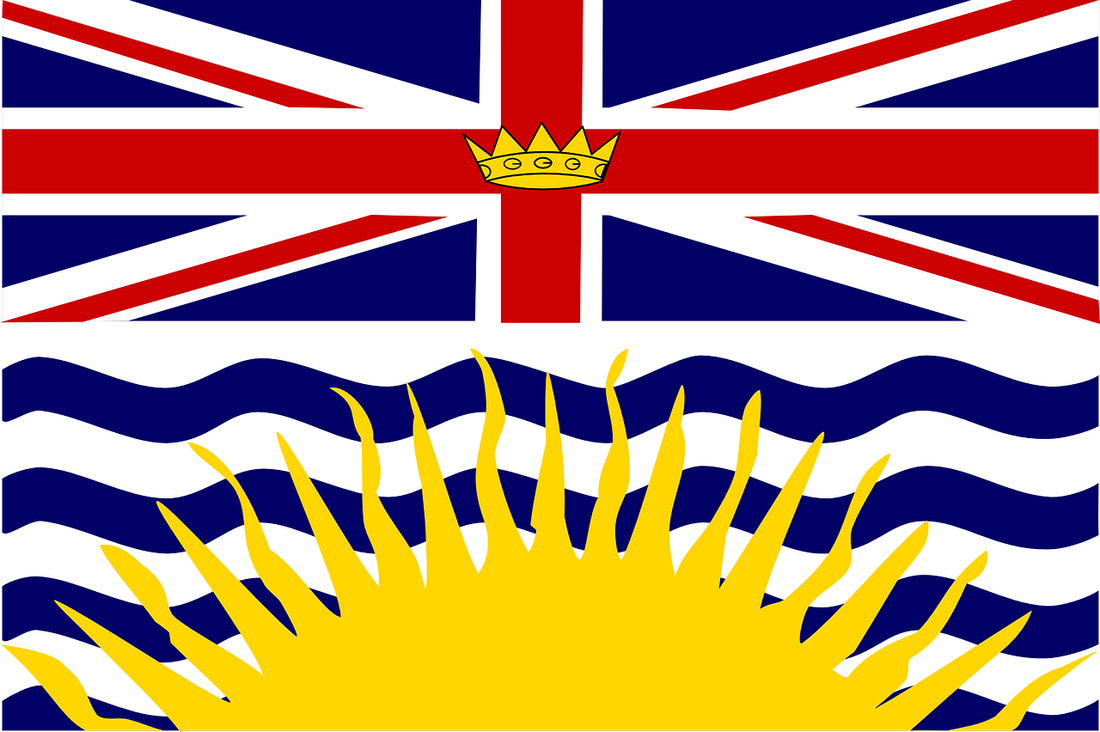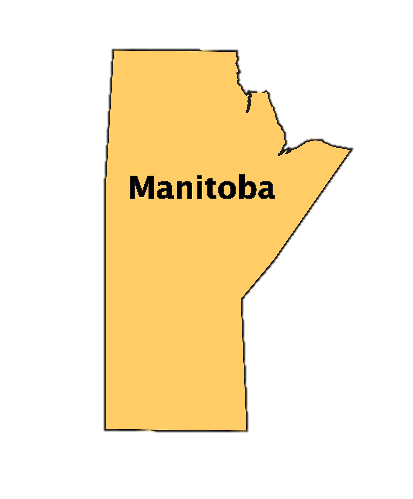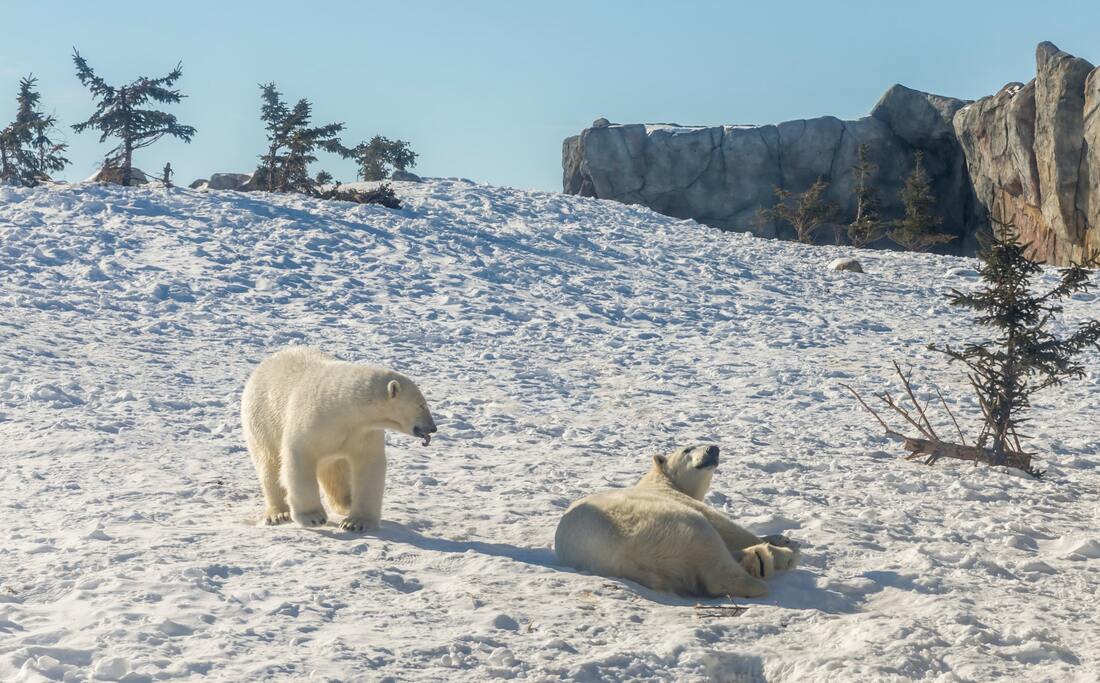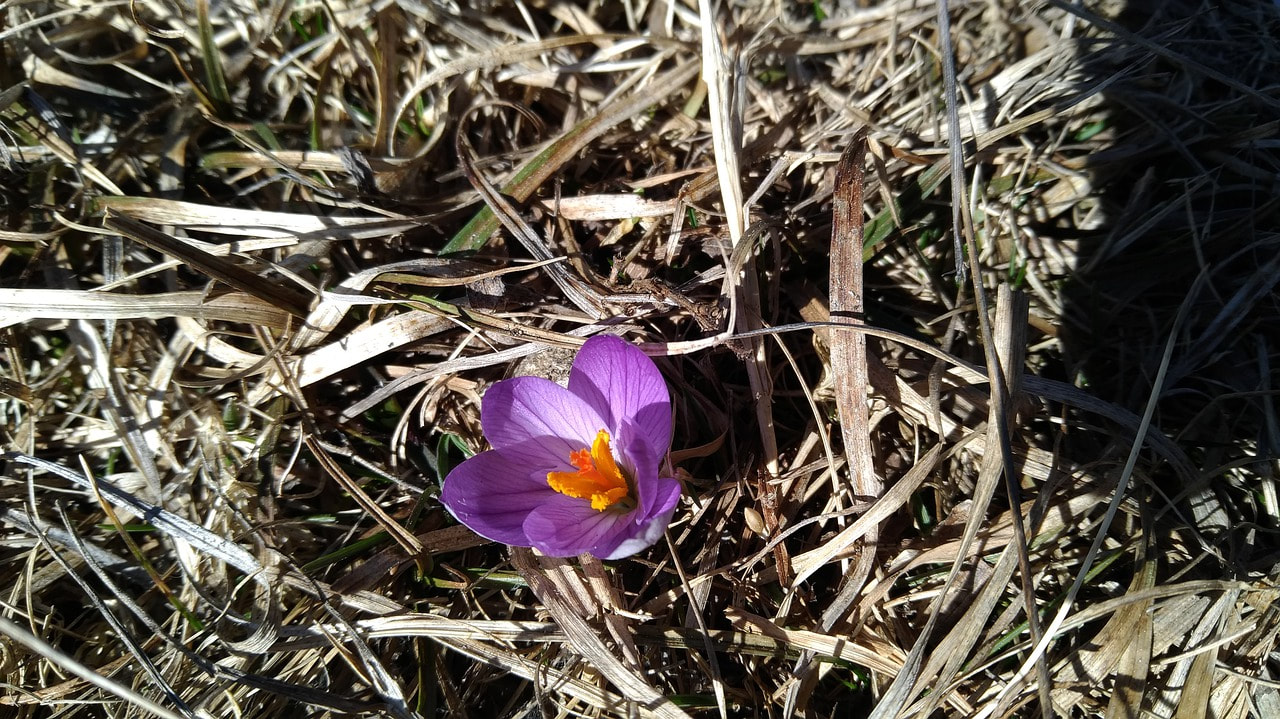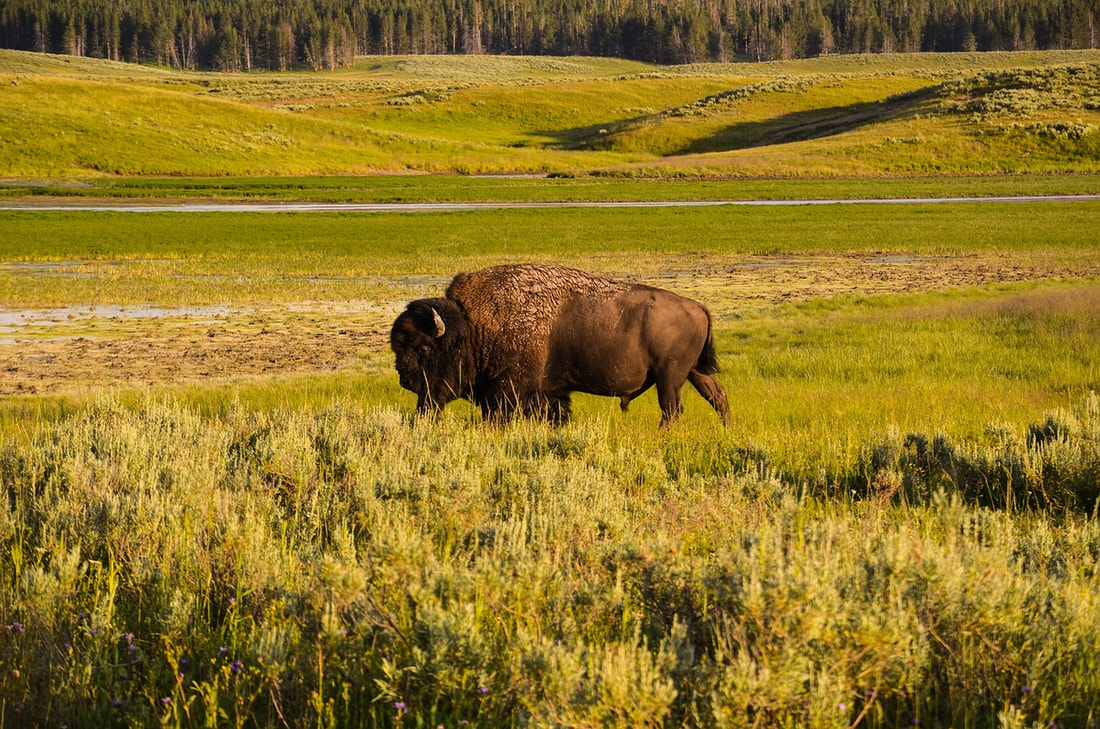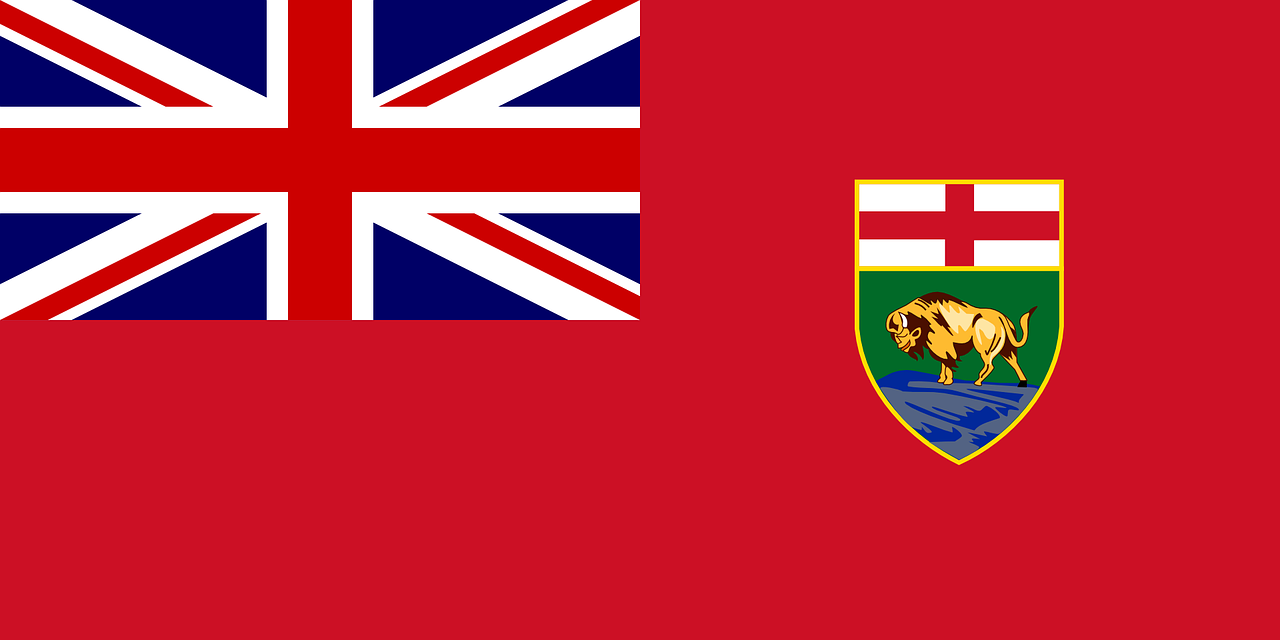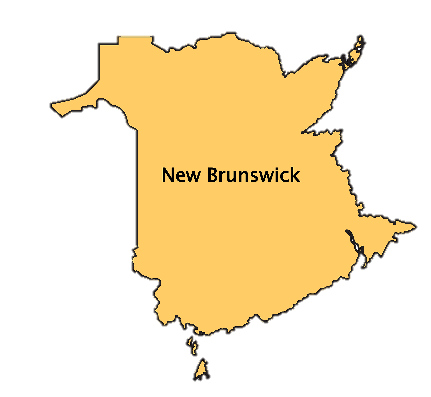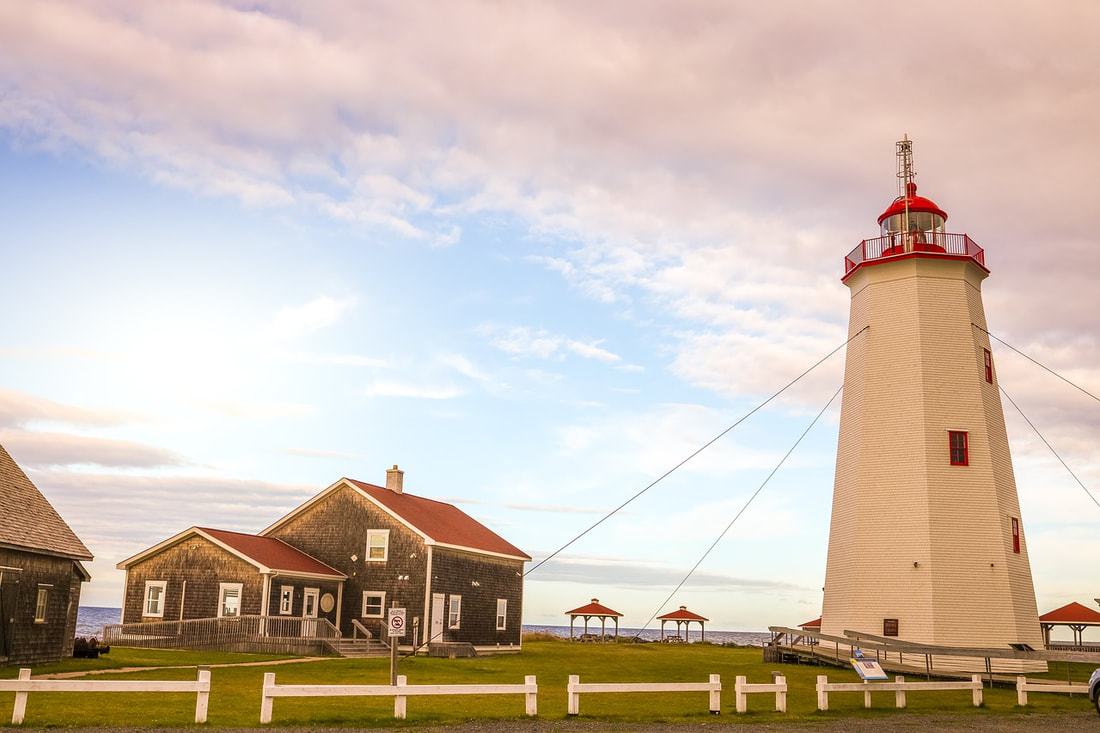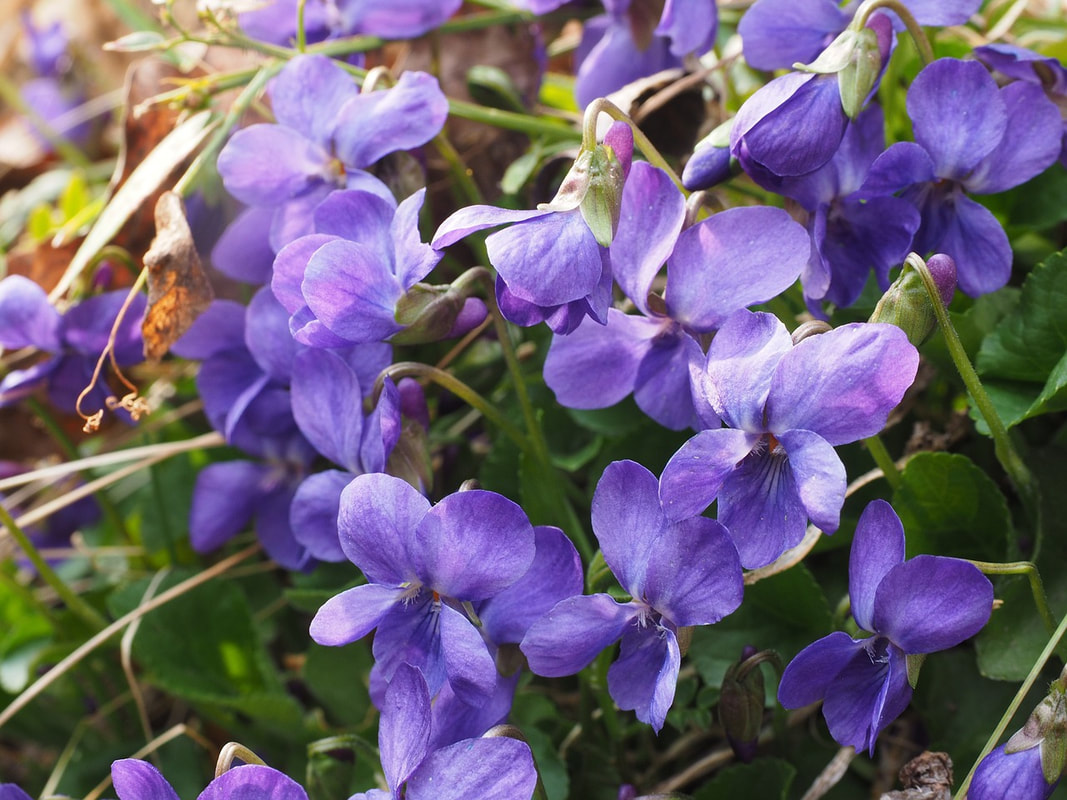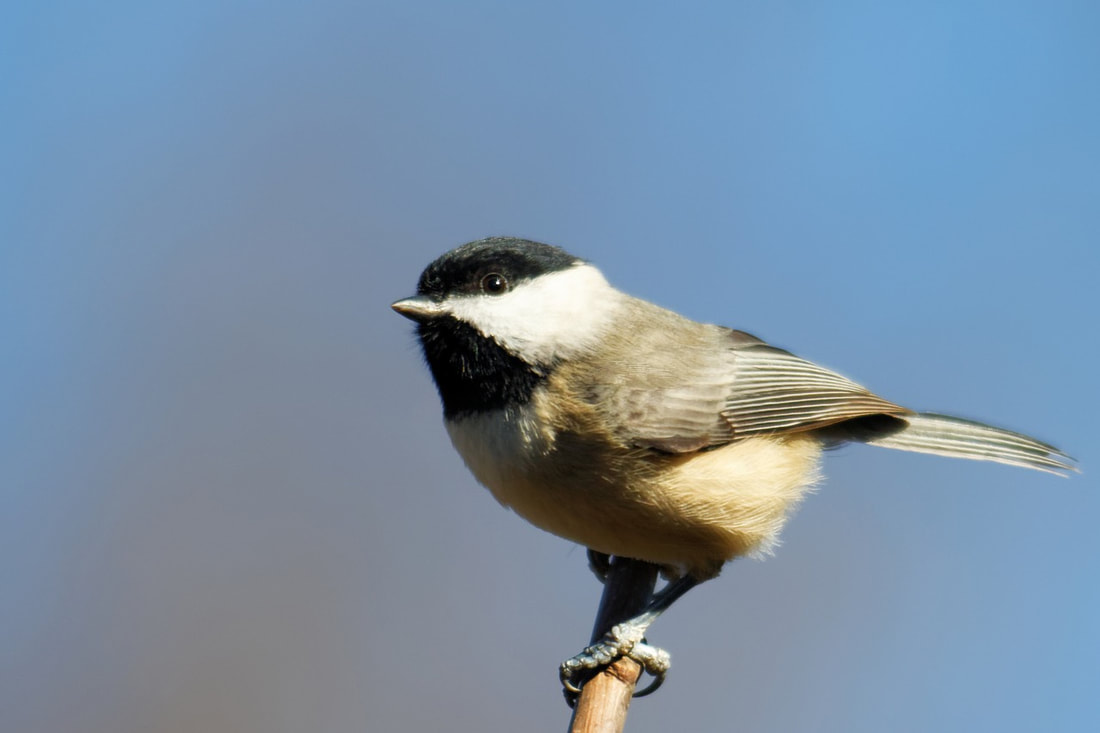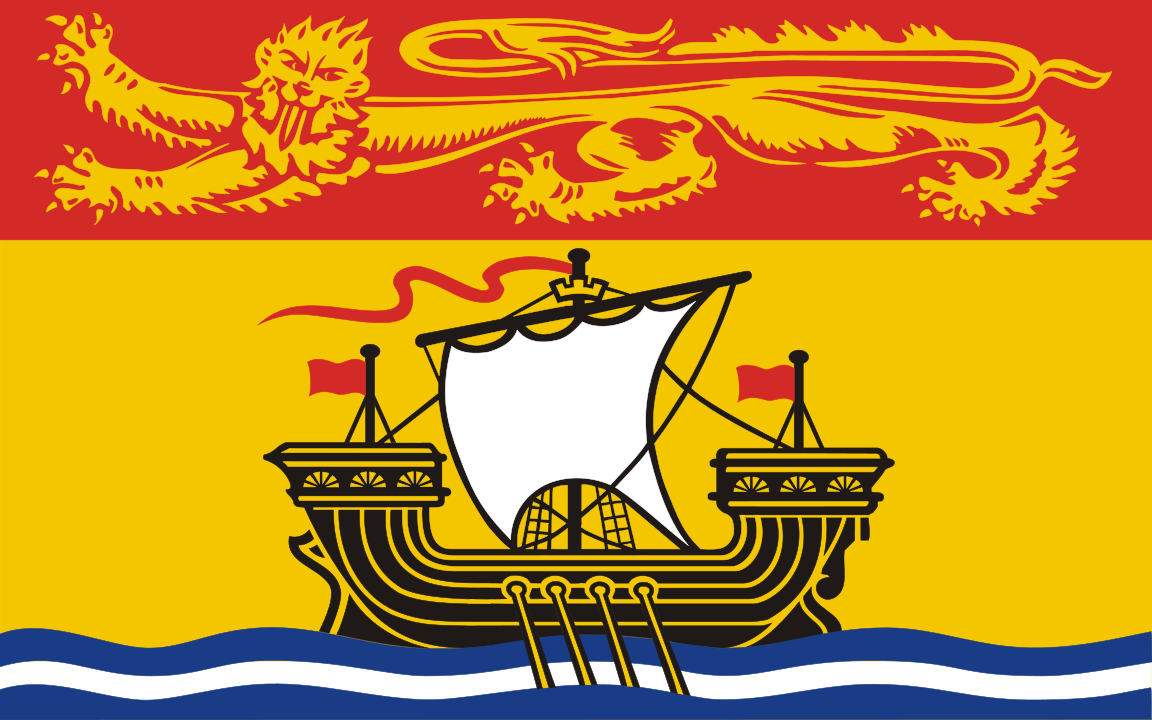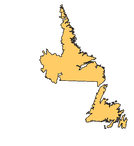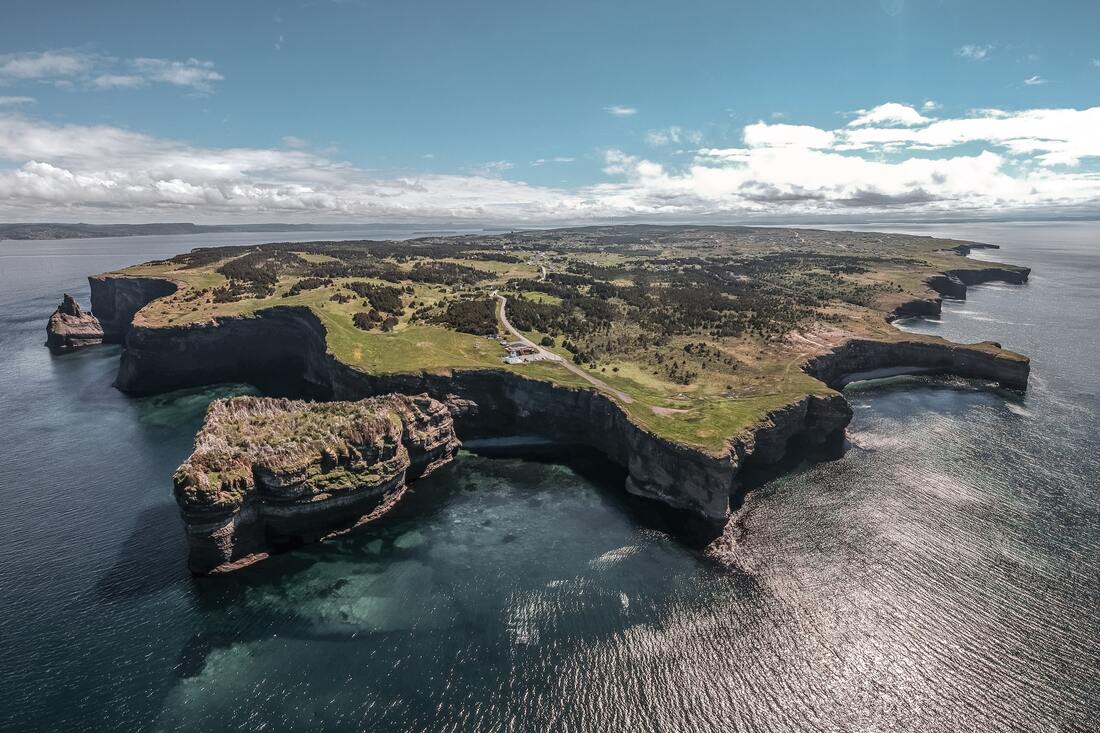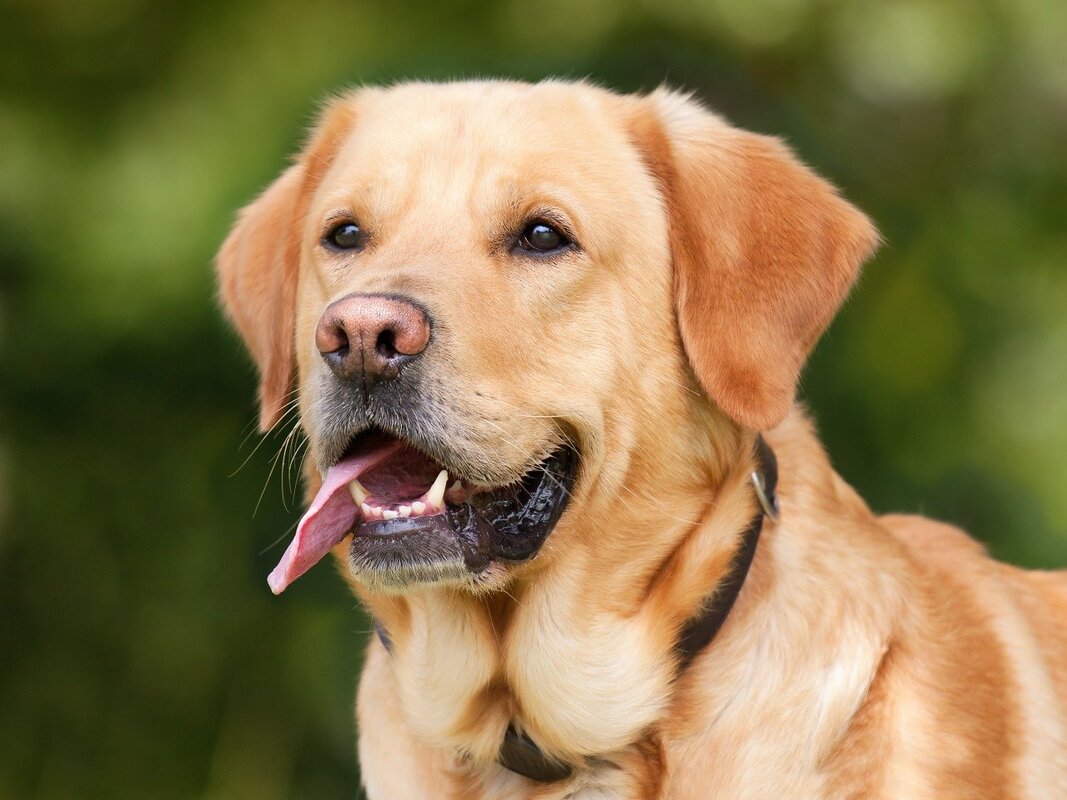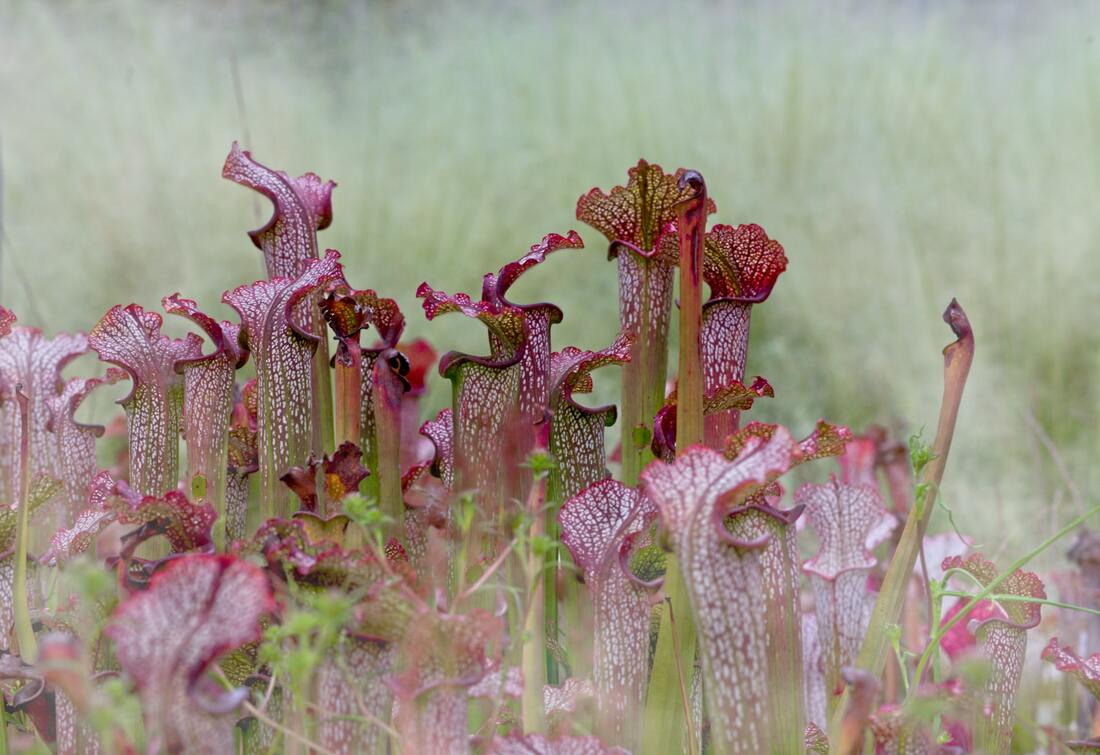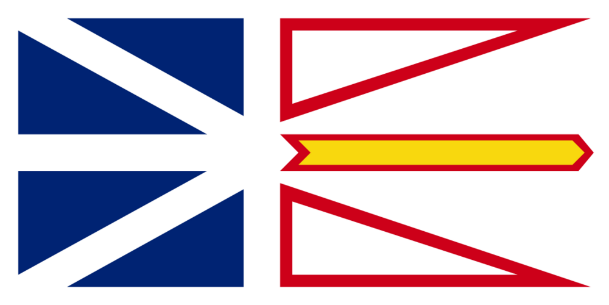Canadian Geography
Did you know that Canada’s national flag has a maple leaf on it? Did you know that Canada’s national animal is a beaver? If you’ve ever heard of Canada, you probably already knew these things. But did you know Canada is the second largest country in the world, about 26 times bigger than Japan? It covers a huge area of land ranging from plains to mountains to Arctic tundra.
As with prefectures in Japan, Canada is divided into smaller areas called provinces and territories. There are 10 provinces and 3 territories, each with their own unique differences. Japanese prefectures tend to have a mascot and specialty food or fruit that makes them stand out from other prefectures; in Canada, each province has an official animal, flower, flag, and even its own tartan. Let’s take a look at them and learn about the regions of Canada!
As with prefectures in Japan, Canada is divided into smaller areas called provinces and territories. There are 10 provinces and 3 territories, each with their own unique differences. Japanese prefectures tend to have a mascot and specialty food or fruit that makes them stand out from other prefectures; in Canada, each province has an official animal, flower, flag, and even its own tartan. Let’s take a look at them and learn about the regions of Canada!
Use the map challenge to test your Canadian geography, and find the answers in this article!
|
One of the Prairie Provinces, Alberta is bordered by the Canadian Rockies in the west, while the Great Plains are located in the east. The Rockies are a beautiful sightseeing location in both summer, when you can go hiking and camping, and in the winter, when skiing and snowboarding are popular. There are many hot springs, lakes, and waterfalls throughout the Rockies.
Alberta is also home to the Royal Tyrell Museum, which is famous for its large collection of dinosaur fossils found in the area. Provincial capital: Edmonton |
|
The province of British Columbia, often shortened to just B.C., is located on the western coast. B.C. is famous for its coastal temperate rainforest featuring giant redwood trees. Along the eastern border of the province are the Canadian Rockies, great for outdoor activities such as mountain climbing, hiking, and skiing.
Provincial capital: Victoria |
|
The official animal of B.C. is the Kermode bear, a subspecies of black bear. Due to a recessive gene, some Kermode bears can be born with pure white fur. These special white Kermode bears are called Spirit Bears and are very rare. The local indigenous people of British Columbia have many legends about Spirit Bears, and believe they have the ability to guide people to magical places.
|
|
Manitoba is one of the three Prairie Provinces covered by the Great Plains (the other two are Alberta and Saskatchewan). Along the northern border is the Hudson Bay. Manitoba is famous for bears- in particular, polar bears, which live near the Hudson Bay and are a great tourist attraction. Just don’t get too close!
Another famous bear associated with Manitoba is Winnie the Pooh. Winnie the Pooh was named after a Canadian black bear at London zoo named Winnie, who got his name after the capital of Manitoba, Winnipeg. Provincial capital: Winnipeg |
|
New Brunswick is one of Canada’s Maritime Provinces- the name given to the provinces on the Atlantic coast. Though Canada has two official languages, English and French, New Brunswick is the only truly bilingual province, with half its population being Anglophones and the other half Francophones.
Provincial capital: Fredericton |
|
Newfoundland and Labrador is Canada’s easternmost province. Labrador is attached to the mainland while Newfoundland is an island in the Atlantic Ocean, making it famous for fishing, especially cod and lobster fishing. Many of the people who live in Newfoundland and Labrador are descended from Irish immigrants; you can see their Irish heritage reflected in their brightly painted buildings. Some people in Newfoundland and Labrador speak in a distinct regional accent known as a “Newfie” accent, which is more directly related to Irish English than the rest of the province.
Provincial capital: St. John’s |
|
Newfoundland and Labrador is special because it has two official animals, a breed of pony called a Newfoundland Pony and a type of dog called a Labrador Retriever. While less than 300 ponies remain, Labrador Retrievers have become popular pets all around the world. They come from a mix of Newfoundland dog called a St. John’s Water Dog and British hunting dogs. |
